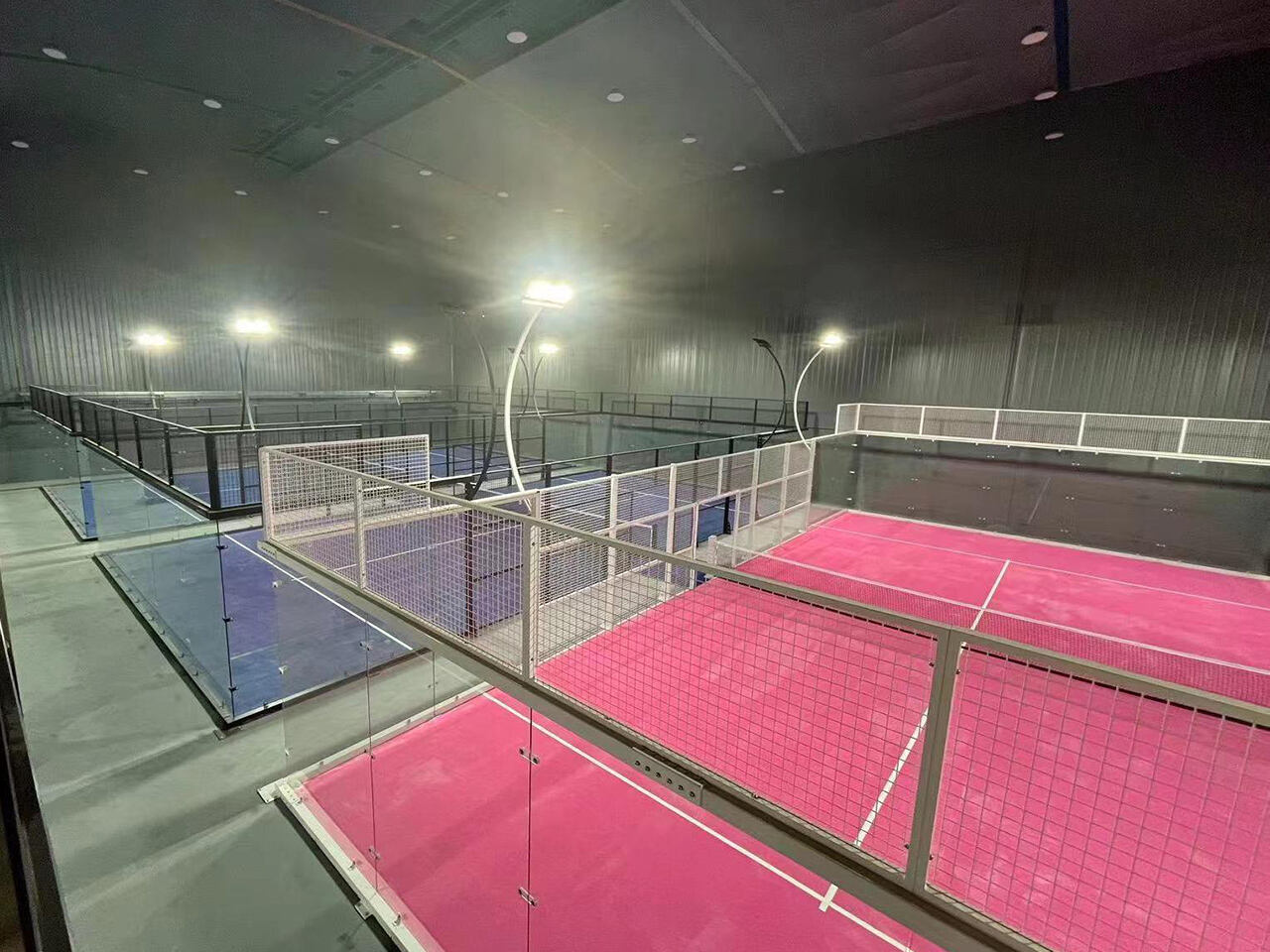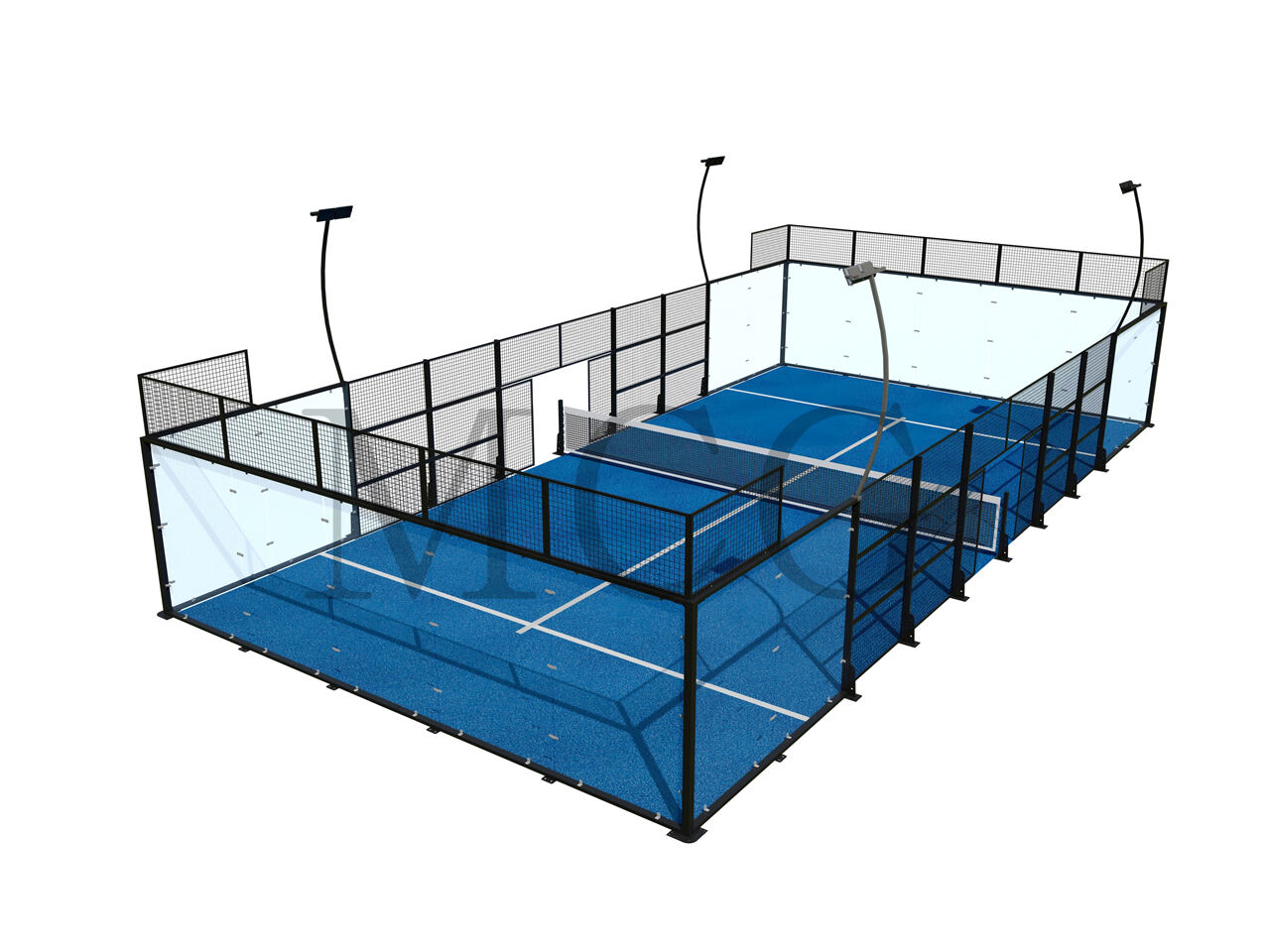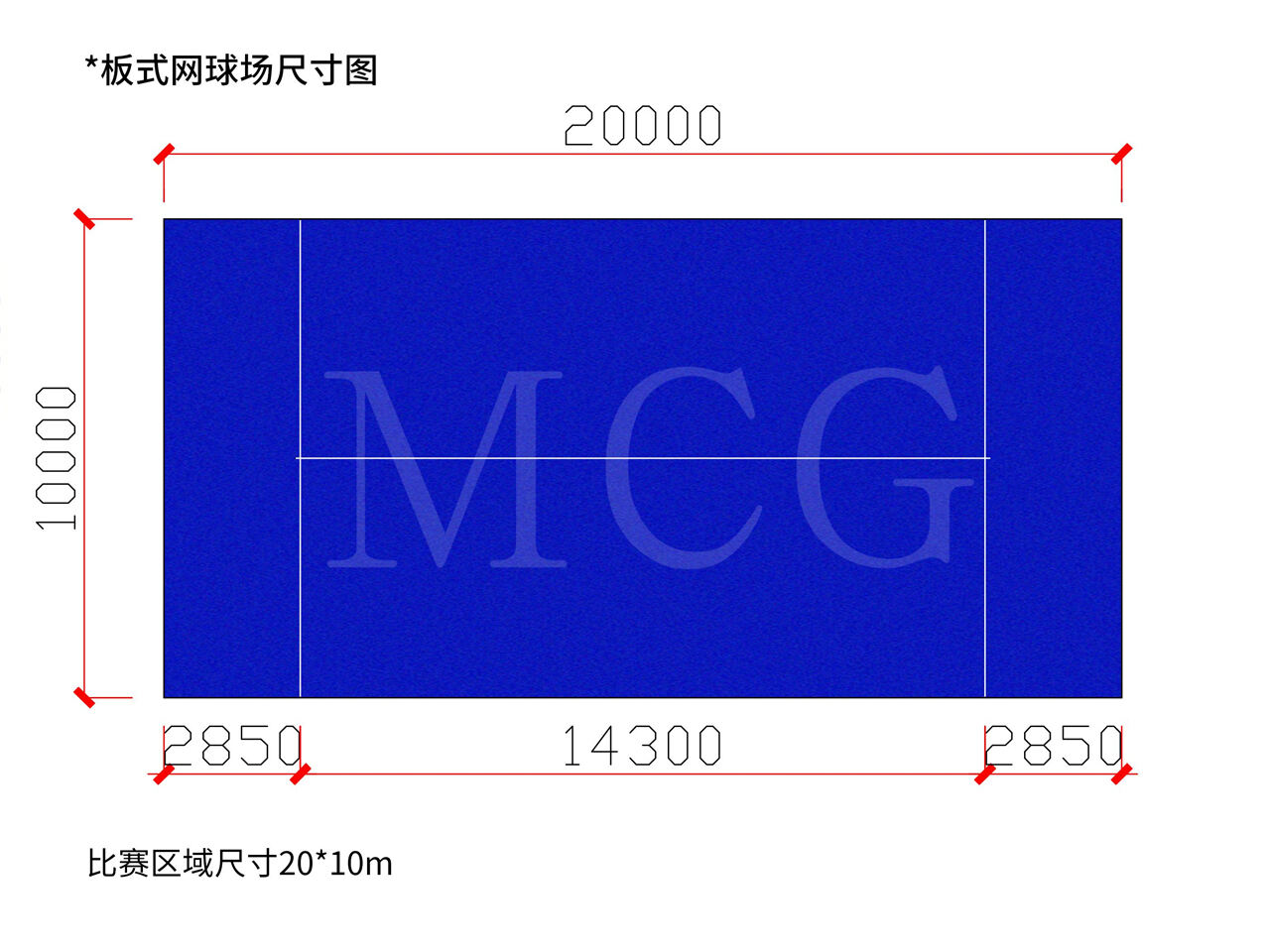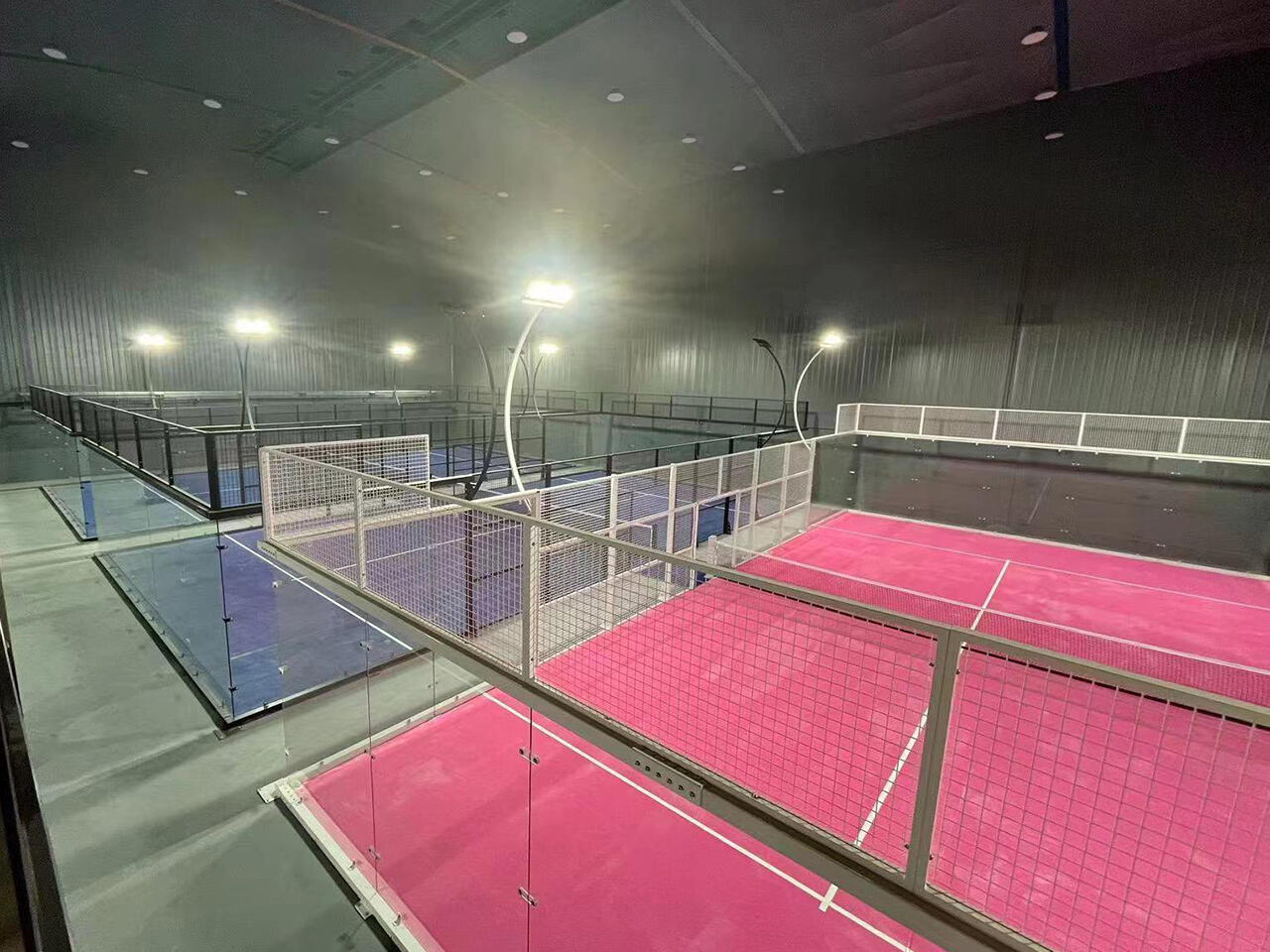Gameplay Rules Format: Primarily doubles (4 players) Scoring: Same as tennis (best of 3 sets) Serves: Must be underarm below waist level Golden Point: Used at deuce (receivers choose service side) Walls: Ball remains in play after bouncing off...


Gameplay Rules
Format: Primarily doubles (4 players)
Scoring: Same as tennis (best of 3 sets)
Serves: Must be underarm below waist level
Golden Point: Used at deuce (receivers choose service side)
Walls: Ball remains in play after bouncing off walls
Key Features
Faster-paced than tennis with longer rallies
More accessible than traditional tennis
Social atmosphere with music often played
Shorter court dimensions than tennis
Walls create unique gameplay dynamics
Global Growth
Popular in over 90 countries
Major markets: Spain, Argentina, Sweden, Brazil
Fastest growing racket sport worldwide
Estimated 84,000 courts globally by 2026
Current annual value: 2 billion euros

Major Tournaments
Padel World Championship (biennial since 1992)
World Padel Tour (since 2013)
Premier Padel (new global circuit from 2024)
National competitions in many countries
Regional Adoption
Europe:
Spain (5 million players, 20,000 courts)
Sweden (rapid growth 2019-2022)
UK (210 courts in 2022)
North America:
US (180 courts in 2022)
Projected 30,000 US courts by 2030
Asia/Oceania:
Growing in UAE, Qatar, Singapore
Australia (25 courts in 2023)
New Zealand (first court 2023)

Africa:
South Africa (400 courts by 2024)
Olympic Aspirations
International Federation goal: 75 national federations
Potential inclusion in 2032 Summer Olympics
Recently included in 2023 European Games
Business Aspects
Lower construction cost than tennis courts
Three padel courts fit in one tennis court
US court construction cost: 60,000-80,000 USD
High profitability for club owners
Note: All measurements and statistics based on latest available data from International Padel Federation and other official sources. Court dimensions have 0.5% tolerance allowance.